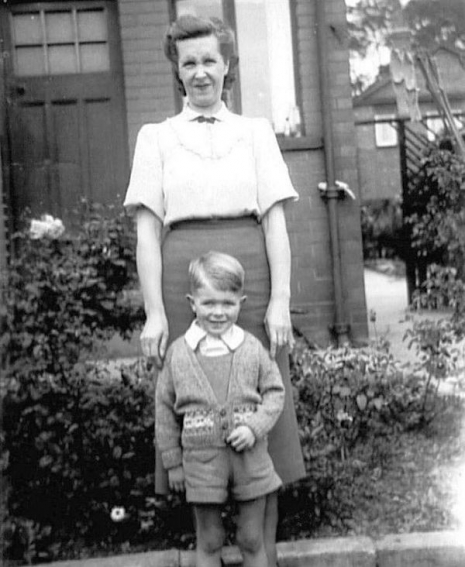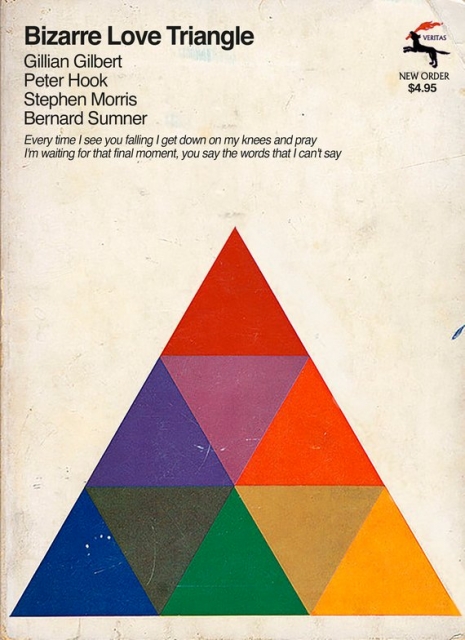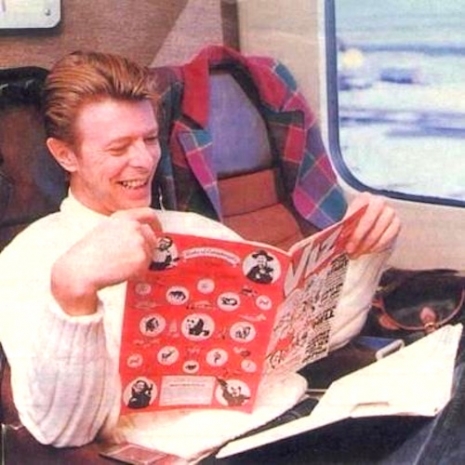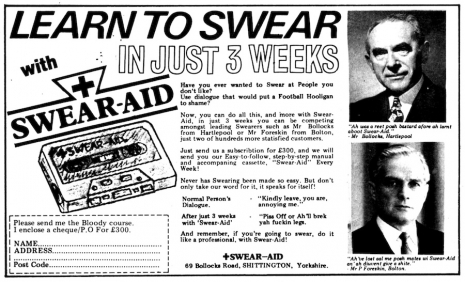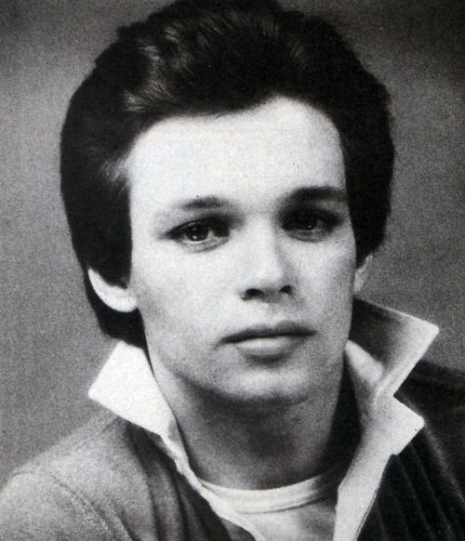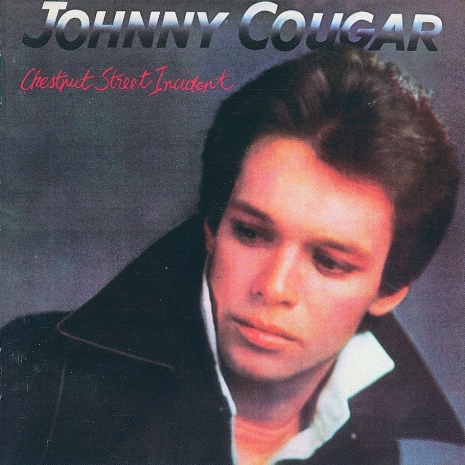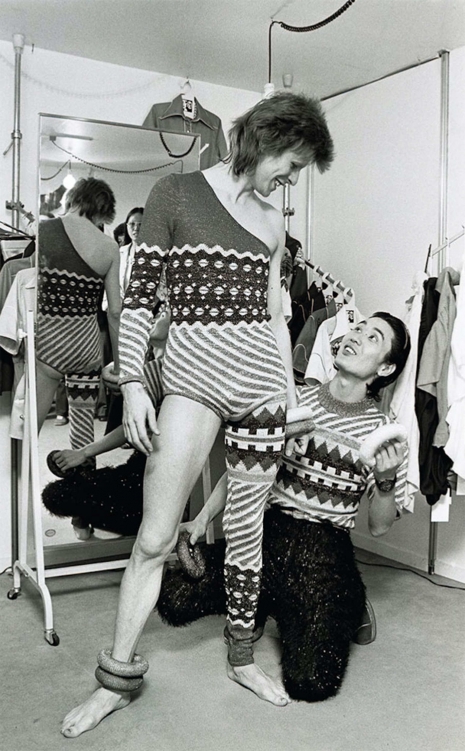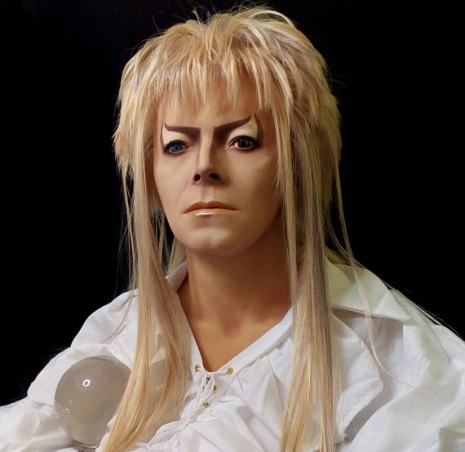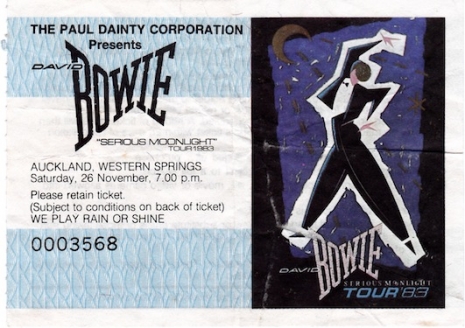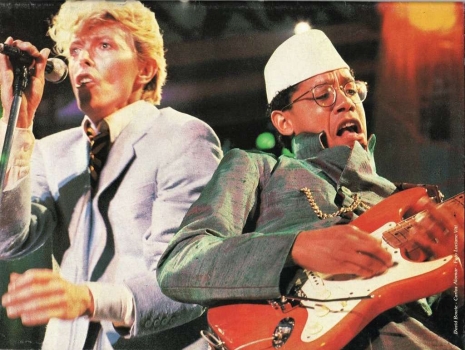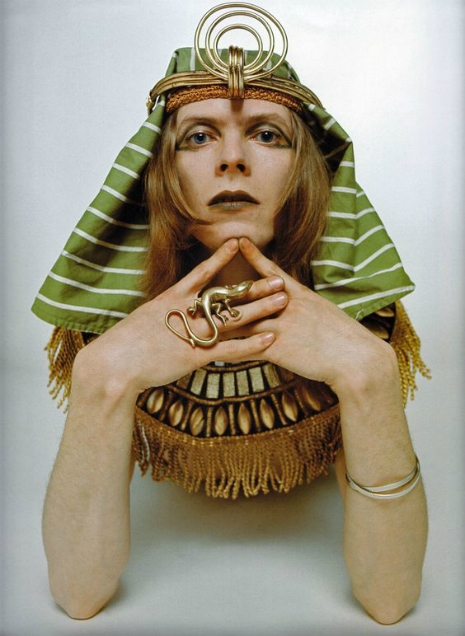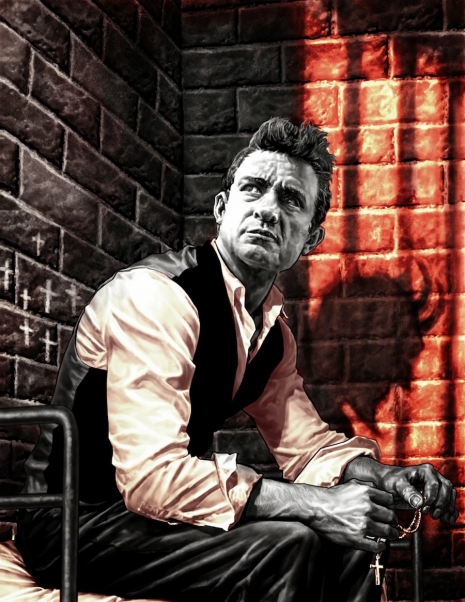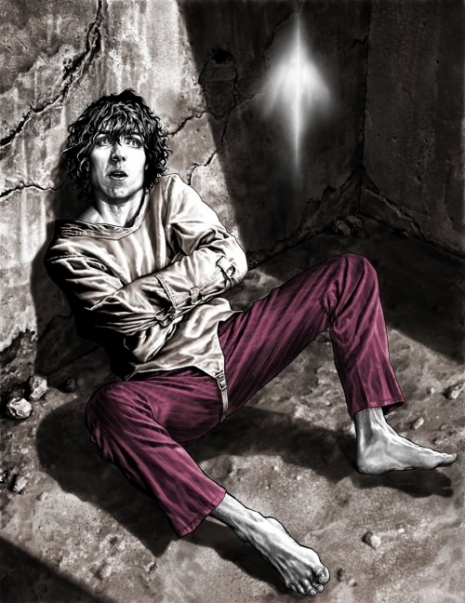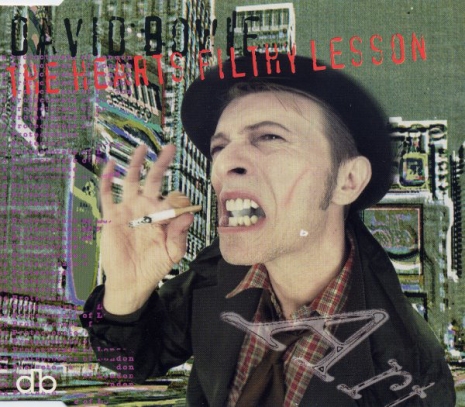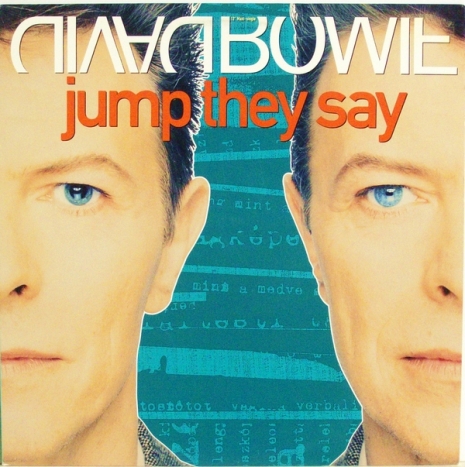
Axl Rose and David Bowie hanging out at the China Club in Los Angeles in 1989. Photo by Gabriel Lorden.
Stop me if you’ve heard this before, but David Bowie’s fistfight with Guns N’ Roses vocalist Axl Rose wasn’t the first time Bowie got himself a face full of knuckles for trying to make time with somebody else’s girl. The story about Bowie’s startling eye color involves a young Ziggy getting popped in the face by his pal George Underwood when they were both fifteen after Underwood discovered Bowie was lusting after the same girl he had eyes for. But Axl and Bowie coming to blows over a girl in 1989 is the definition of random—and the strange event was discussed by G N’ R guitarist Slash in his 2007 New York Times bestseller, Slash. You see, snakes-best-friend Slash and David Bowie go way, way back. Slash’s mom Ola Hudson was a celebrated fashion designer and had been making clothing for Bowie starting around the time Bowie released his 1975 album, Young Americans. After divorcing her husband, Ola began an affair with Bowie who was married to Angie Bowie at the time. According to Slash, he even walked in on his mom and Bowie in the nude, but let’s get back to the story of Axl Rose and a not naked Bowie throwing punches at each other over a girl in 1989.
It all began at the Cathouse—the legendary heavy metal “clubhouse” owned by Taime Downe of Faster Pussycat fame and MTV VJ and host of the Headbangers Ball, Riki Rachtman. Guns had selected one of their favorite hangouts as the spot for their warm-up before opening the first of four shows for the Rolling Stones. Slash remembers Bowie attended the show with his mother Ola who was sitting with the Thin White Duke in front of the stage when Axl started to hurl nasty insults at him, causing Bowie to leave mid-way through Guns’ set. Ola didn’t understand any of it until Slash told her later on Axl was pissed at Bowie for allegedly hitting on his girlfriend Erin Everly (the daughter of Don Everly of the Everly Brothers). Now, here is where the story gets a bit murky concerning Axl and Bowie and their glammy “fistfight.”
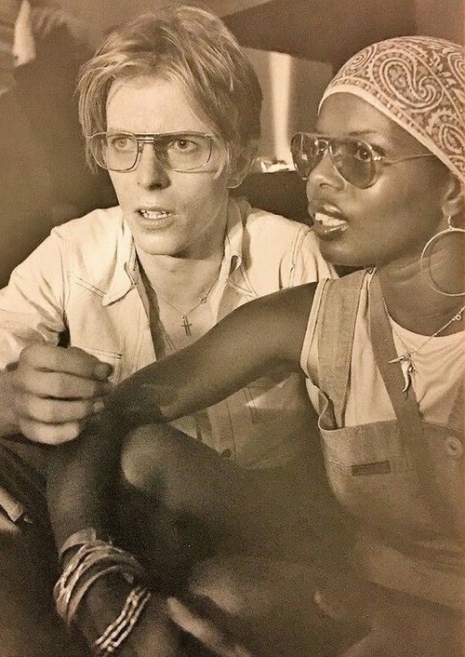
Slash’s mother Ola Hudson and David Bowie.
In addition to the warm-up gig at the Cathouse, the band also shot footage for the video “It’s So Easy,” and this is where club co-owner Riki Rachtman (as told to Rolling Stone) recalls a very drunk David Bowie showed up to watch everything go down. The video, which didn’t see the light of day until 2018, prominently featured Everly in leather bondage gear, handcuffs, with a ball-gag in her mouth. According to Rachtman, when Axl caught wind of Bowie sizing up Everly for his next meal, he went ballistic, and the two (maybe) threw their fists in each other’s general direction. The event concluded with Axl chasing Bowie out of the Cathouse screaming “I’m gonna kill you, TIN MAN.” As much as I adore Bowie, you gotta hand it to Axl for that one. But wait! There’s more, and it involves Mick Jagger—another rock star who has had his fair share of girlfriends pilfered by Bowie. In an interview with heavy metal bible Kerrang! in 1990, journalist Mick Wall queried Rose about his alleged punch fest at the Cathouse with Bowie. While Axl doesn’t exactly confirm he got into a physical altercation with Bowie, he doesn’t exactly deny it either. In fact, the story had already made it to the ears of Mick Jagger who approached Axl along with Eric Clapton backstage during soundcheck at the LA Coliseum. Here’s Axl on the special moment Jagger and Clapton asked him if he had punched David Bowie’s perfect face:
“I was out doing a soundcheck one day when we were opening for the Rolling Stones, and Mick Jagger and Eric Clapton cornered me. I’m sittin’ on this amp and all of a sudden they’re both right there in front of me. And Jagger doesn’t really talk a lot, right? He’s just real serious about everything, and all of a sudden he’s like (adopts exaggerated Dick Van Dyke-style Cockney), “So you got in a fight with Bowie, didja?” So I told him the story real quick, and he and Clapton are going off about Bowie in their own little world, talking about things from years ago. They were saying things like when Bowie gets drunk, he turns into the “Devil from Bromley” (Bowie’s family moved to the London Borough of Bromley when he was a teenager). I mean, I’m not even in this conversation. I’m just sittin’ there. Listening to ‘em bitch like crazy about Bowie. It was funny.”
If you’ve been curious about the photo at the top of this post of Axl and Bowie looking like BFF’s out scoping for chicks, here’s the story; after the incident at the Cathouse, Bowie and Axl chatted and decided to meet up at the China Club where they smoothed things over. And while they didn’t become best pals in real life, Axl felt he shared a lot in common with Bowie, especially when it came to their “experimental” creativity and their mutual love of sex and drugs. Awww. Speaking of things that make you say “aww,” after the jump you will see photos taken at Guns’ warm-up show, the video shoot, a few taken backstage at the Rolling Stones gig, and images of Ola Hudson and Bowie back in the day. Lastly, you can also check out the NSFW video for “It’s So Easy,” in all its sleazy glory—if you’re into that kind of thing. (PS: You are).
Continues over…








